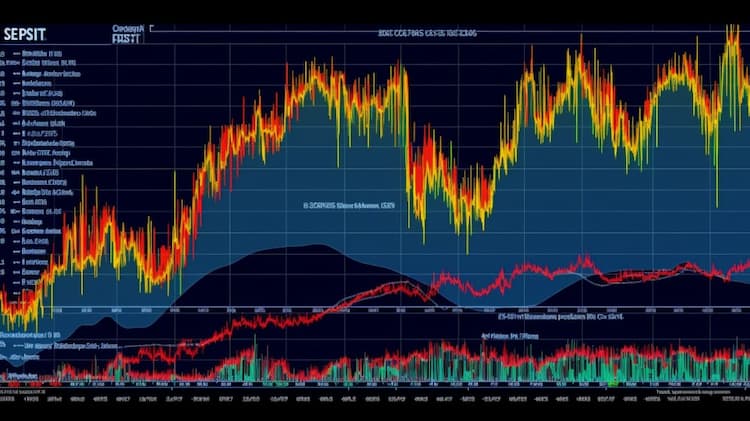ETF Comparisons

Do SPY and IWM correlate?
SPY (SPDR S&P 500 ETF Trust) and IWM (iShares Russell 2000 ETF) are both exchange-traded funds (ETFs) that represent different segments of the U.S. stock market. While SPY tracks the performance of the S&P 500 index, which consists of large-cap stocks, IWM tracks the Russell 2000 index, comprising small-cap stocks. While there may be some correlation between the two ETFs due to overall market movements, their focus on different market segments means they can also exhibit divergent performance at times.

EEM to gain exposure to specific sectors
Whether EEM allows investors to target specific sectors or industries within emerging markets and provide insights into the potential benefits.

EEM for investing in emerging markets
Alternative to EEM is to consider other emerging market ETFs such as VWO (Vanguard FTSE Emerging Markets ETF) & IEMG (iShares Core MSCI Emerging Markets ETF).

Considerations for Industry-Specific Exposure
While the iShares MSCI EAFE ETF (EFA) provides exposure to international markets, it is primarily designed to offer broad-based exposure.

Not Providing Investment Advisory Services
While EFA is a popular choice for investors seeking exposure to international developed markets, there are several alternative options available.

Exposure to international financial companies
We will delve into the details of XLF's composition, discussing its concentration on domestic financial companies and suggesting potential alternatives.

Are VOO and IVV identical | IVV vs VOO
Investors should consider the differences, such as replication technique, expense ratios, & provider services, to make an informed investment decision.

EWJ to gain exposure to specific sectors
We will explore whether EWJ allows investors to target specific sectors in Japan and provide insights into its potential for sector-specific exposure.

Use TLT to hedge against interest rate rIsk
Assessing individual investment goals, risk tolerance, and market expectations is crucial when considering TLT or alternative options.